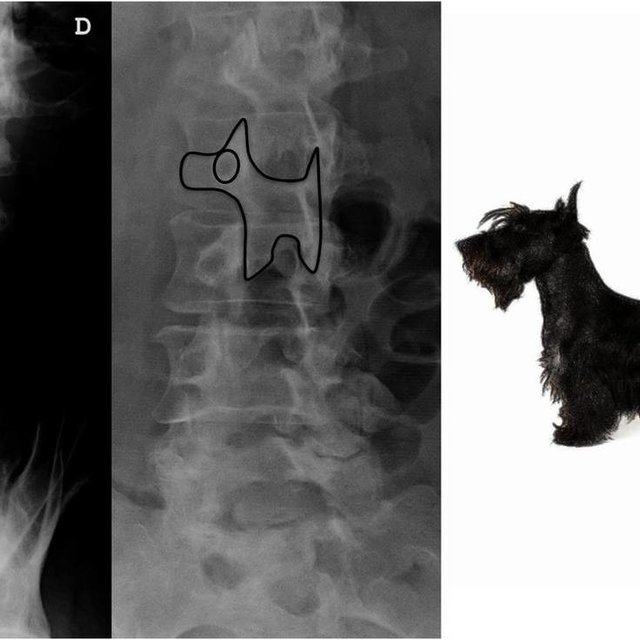
After consulting with your GP on that persistent back pain that’s been driving your crazy for ages, you’ve been given the diagnosis of “Spondylolisthesis”- or Spondy for short.
If all you understand about this condition is that it’s a mouthful, then you’ve come to the right place.
In this 2-minute read we’ll give you a snapshot into what it is, why it happened, and where to go next.
What is a Spondylolisthesis?
Spondylolysthesis is most commonly diagnosed via X-Ray, where it presents as a forward displacement of a vertebra to the one beneath it. This is often located in (but not limited to) your low back, where you have a bit of a natural curve. Having a spondylolysthesis can result in a feeling of instability, pain, or other neurological symptoms. However it could also be completely asymptomatic and an “incidental finding” on a scan.
Why did I get a spondylolisthesis?
Sometimes this condition can be congenital. This means you are born with it. Or it can result from overuse or micro trauma from sports that involve a lot of hyperextension and rotation. Think- gymnastics, rowing, tennis, cricket. A simple explanation for the symptoms that you may be feeling, is that the vertebral slippage can irritate the central spinal cord or nerve roots exiting from the sides of each spinal level. This causes pain, weakness, or changes in sensation.
How do I manage it?
The good thing is, prognosis for a low grade Spondy is very good. Management strategies such as physiotherapy and exercise are very effective. Your healthcare professional should generally recommend at least 3-6 months of dedicated rehab, unless you are experiencing severe and worsening symptoms. The goals of the rehab should be to manage your pain and build up the motor control in your trunk. You’ll also need to progress the global strengthening of the core, back, and legs.
Fun Fact
Spondylolysis and Spondylolysthesis are two different things!
The first one is actually a stress fracture, and looks like a “Scotty Dog” on X-Ray. The latter is usually a progression of this – resulting in a shift of the entire vertebrae.
If you have low back pain, give us a call on 03 9815 2555. Or book online here for an appointment.